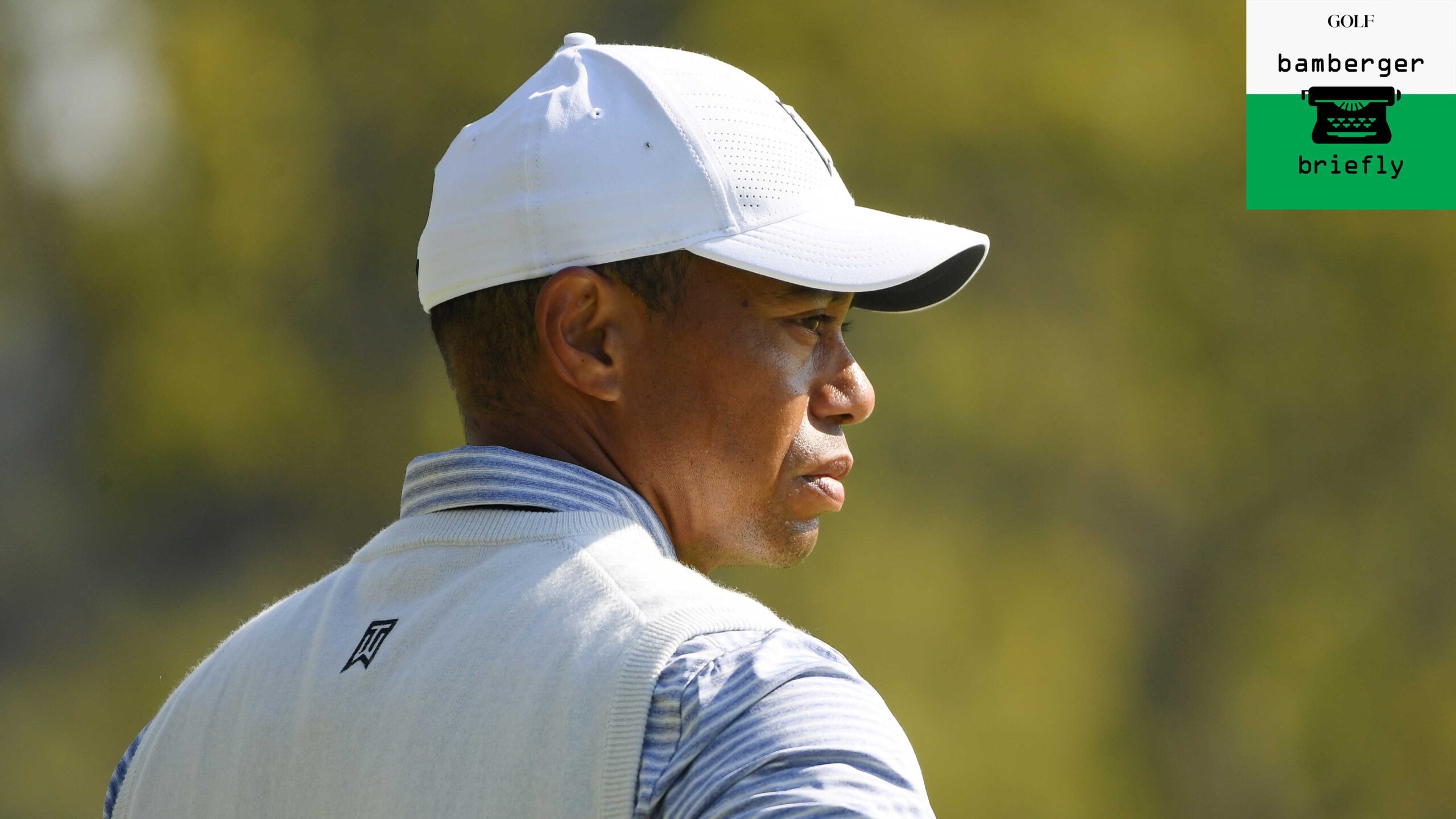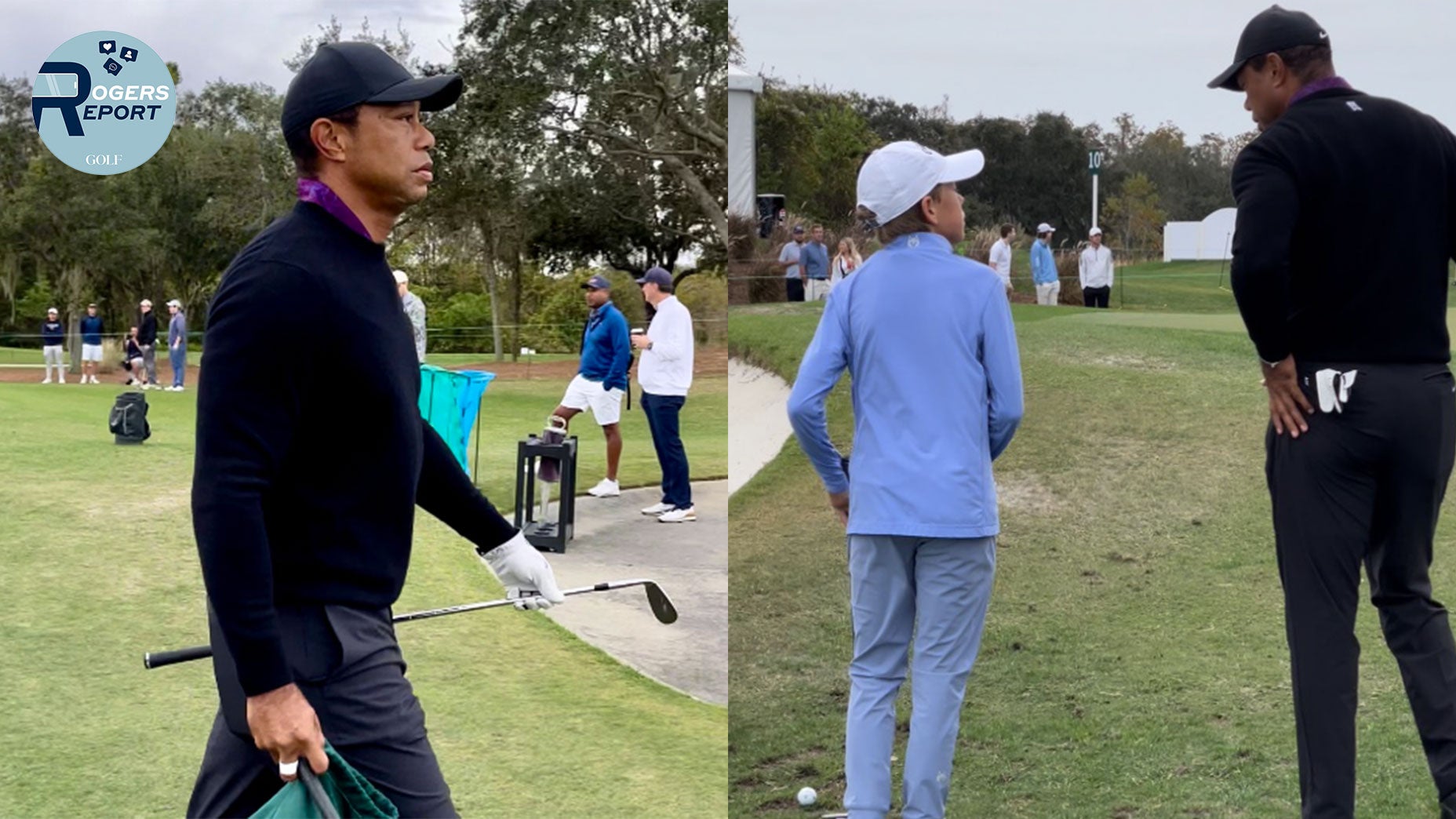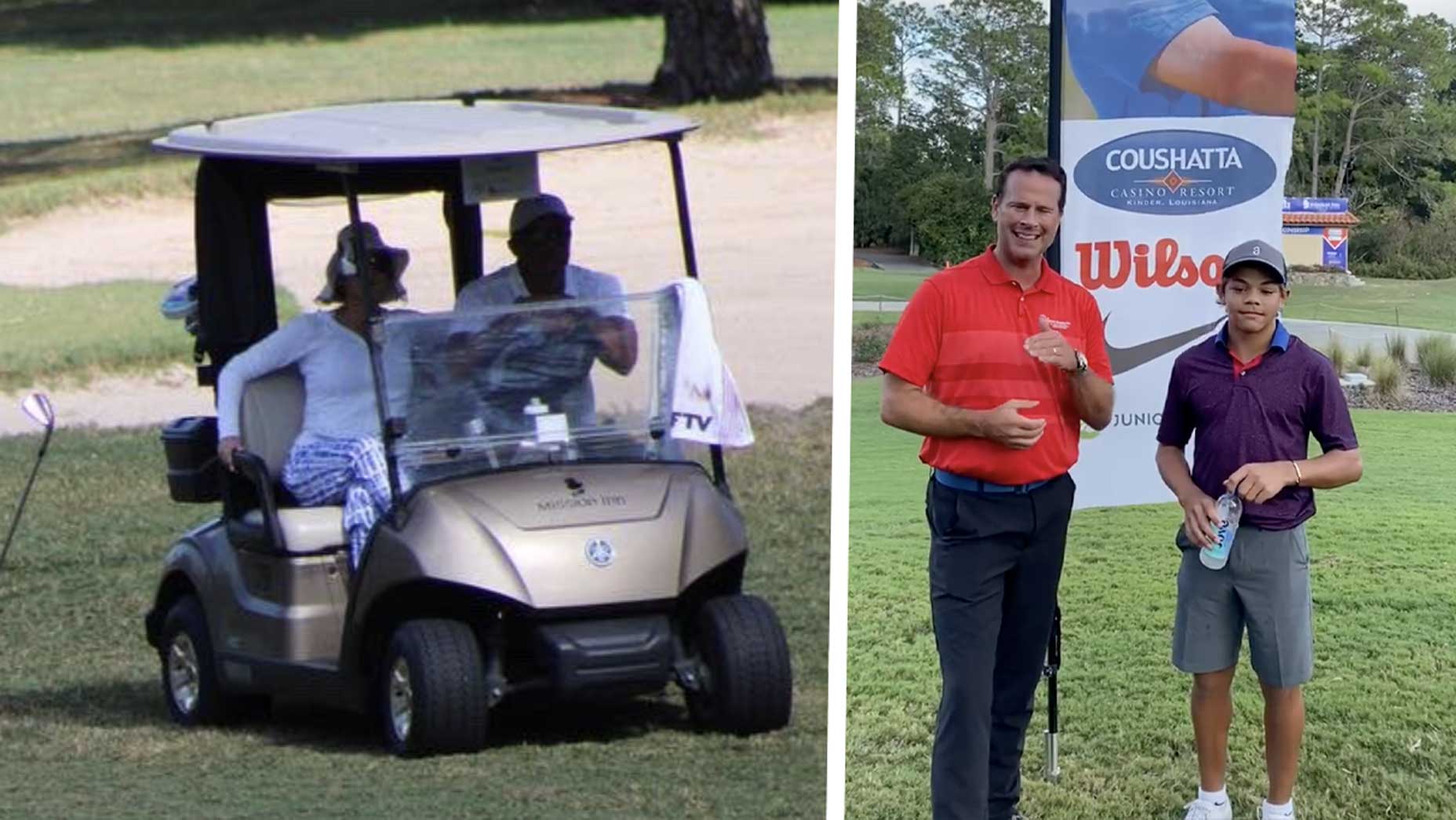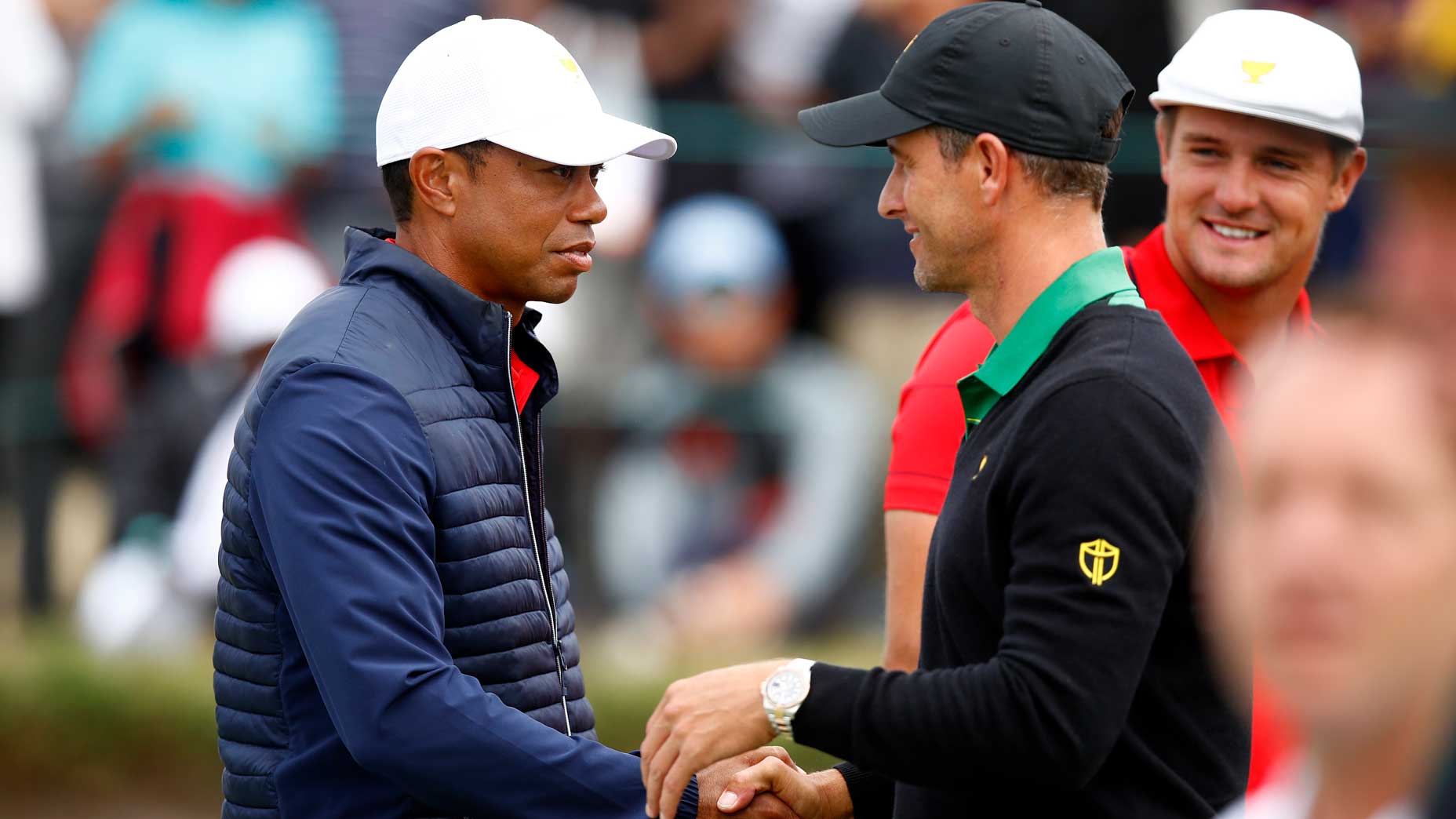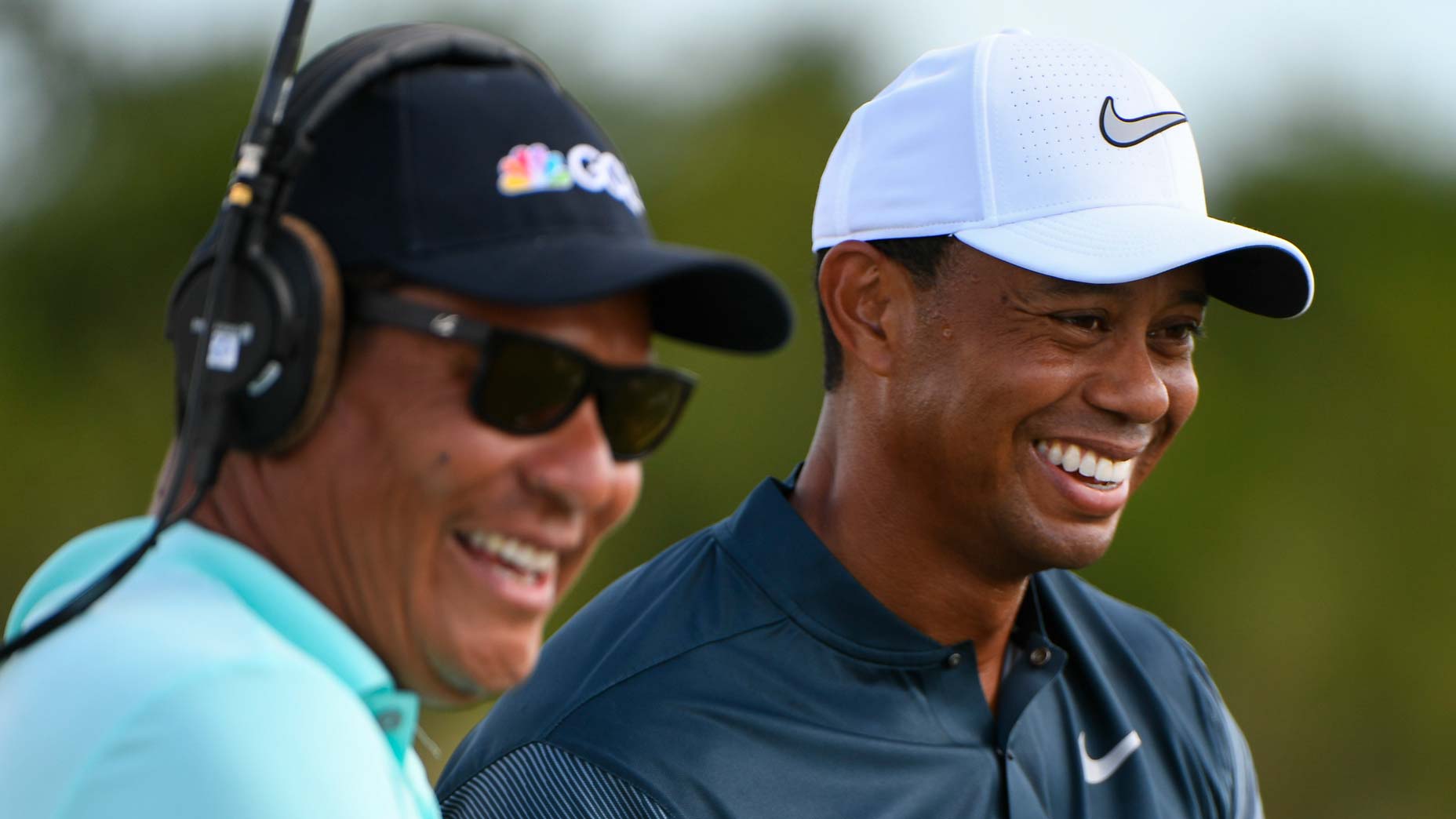Six weeks after Tiger Woods crashed his sports utility vehicle in Southern California, police revealed the cause of the accident: excessive speed.
Woods was driving more than 85 miles per hour in a 45 mile per hour zone, according to Los Angeles County Sheriff Alex Villanueva, and was unable to “negotiate the curves of the roadway.” After jumping the median and crossing two lanes of opposing traffic, Woods’s vehicle left the road and was going 75 miles per hour when it struck a tree, Villanueva said, at a news conference Wednesday morning.
The crash left Woods with a severely injured right leg; he is now recovering at his Jupiter Island, Fla., home.
Woods showed no sign of intoxication or impairment at the scene of the accident, Villanueva said. He said that no blood was drawn at the site of the crash because there was no probable cause. Officers also had more pressing concerns, he said.
Tiger Woods’ car accident: Everything we know about what happenedBy: Sean Zak
“Our primary concern was his safety,” Villanueva said. “This is where you have to switch gears and make sure the person can survive and receives the medical care they need.”
Villanueva said that Woods would not be fined for speeding and that no criminal charges would be filed. He also dismissed the notion that Woods had received preferential treatment, saying that investigators have handled the incident “no differently” than they would “any collision of this type based on these circumstances.”
These latest details from the Feb. 23 crash, released only after Woods waived his right to privacy, stem in part from data gathered from the Genesis SUV’s event data recorder, also known as the “black box.” According to the data, there was no evidence of braking throughout the crash. On the contrary, the data showed that there was 99 precent pressure applied to the accelerator. Investigators believe this mostly likely occurred as Woods attempted to brake but inadvertently stepped on the gas instead.
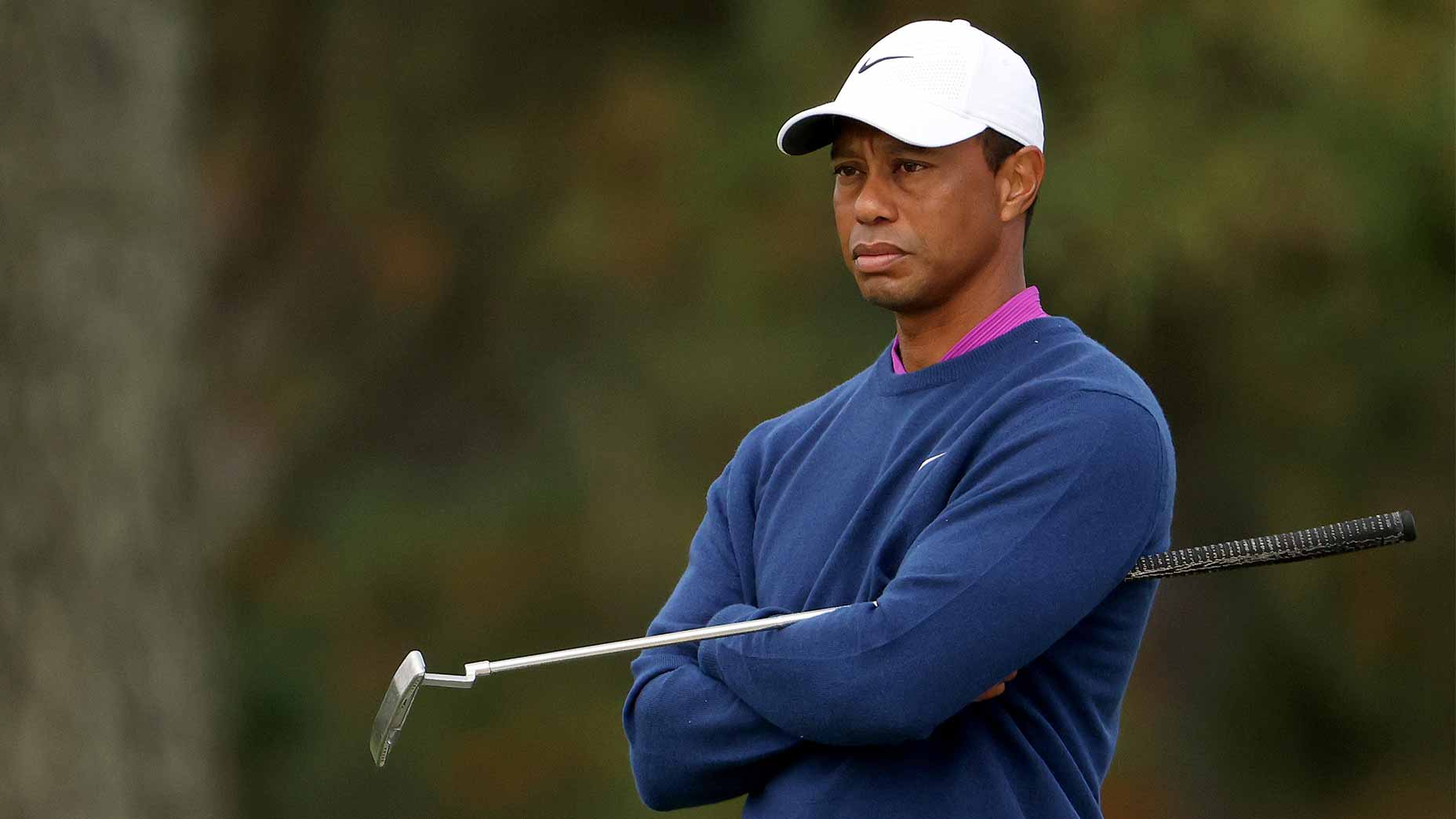
James Powers, captain of the Lomita Sheriff’s Station, said the data also showed that the vehicle had been steered both left and right after it first struck the median, but that it was unclear if that steering was intentional or simply caused by multiple impacts in the crash. Powers said the first two recorded impacts occurred as the vehicle crossed the center median. A third took place when the vehicle struck a curb on the far side of the opposing lanes, and a fourth when it collided with a tree 71 feet from the road. That collision with the tree “caused the vehicle to go airborne and do a somewhat pirouette, landing on its side,” Powers said.
Powers said that Woods was conscious when officers arrived on the scene and that there was no slurring in his speech or any other indication of impairment. There was “no odor of alcohol, no open containers in the vehicle and no narcotics or any evidence of narcotics or medication in the car or on his person,” Powers said.
In wake of Tiger Woods’ accident come host of new questions about his futureBy: Michael Bamberger
Asked if there was any indication of distracted driving, such as texting, Powers said that investigators had not checked Woods’ cell phone because there was “no need to do that.”
Woods was not charged with a crime, Villanueva said, because there was no evidence that he had committed one. Speeding is an infraction, not a criminal act, he said, and because there were no independent witnesses and no law enforcement officers who observed Woods’ driving, there were no grounds for a fine.
These conclusions mark the official close to an investigation into an incident that turned the golf world upside down, sidelining the game’s most famous player while triggering an outpouring of concern and support from his peers.
Tiger Woods, as ever, conspicuous in his absence at this 85th MastersBy: Michael Bamberger
Also on Wednesday, which is Masters eve at Augusta National, Woods’ Twitter page flashed with a message from the golfer, expressing gratitude to “both the good samaritans who came to assist me and called 911.” Woods also thanked law enforcement officers and first responders for “helping me so expertly at the scene and getting me safely to the hospital. I will continue to focus on my recovery and family, and thank everyone for the overwhelming support and encouragement I’ve received through this very difficult time.”
On Tuesday, at Augusta National, both Rory McIlroy and Justin Thomas said they had visited recently with Woods at his home, and both said they were encouraged by his recovery thus far.
“When you hear of these things and you look at the car and you see the crash, you think he’s going to be in a hospital bed for six months,” McIlroy said. “But he was actually doing better than that. I spent a couple hours with him, which was nice. It was good to see him in decent spirits.”


